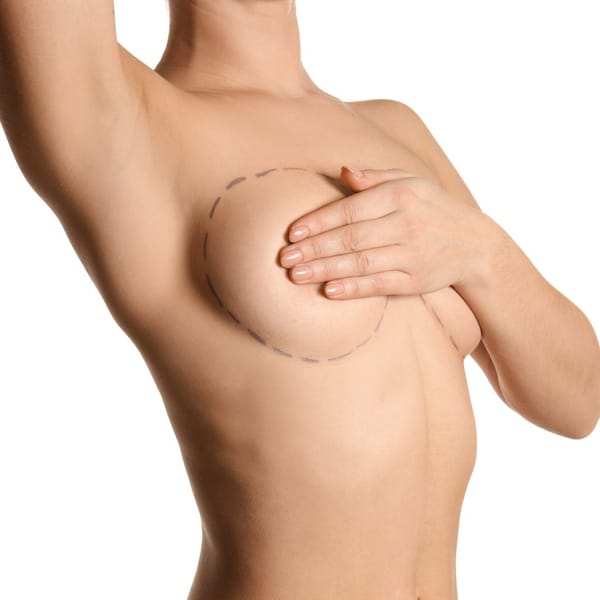Botox: Pros and Cons

Botox, derived from botulinum toxin, is a popular cosmetic treatment used to reduce the appearance of fine lines and wrinkles by temporarily paralyzing muscles. While widely known for its aesthetic benefits, it also has some medical applications, including the treatment of migraines and excessive sweating. Like any procedure, Botox has its advantages and disadvantages, and it's important to weigh both before deciding if it's right for you.
Pros of Botox:
- Minimizes Wrinkles and Fine Lines: Botox is highly effective at reducing the appearance of facial wrinkles, particularly in areas like the forehead, between the brows (frown lines), and around the eyes (crow's feet). It offers a non-invasive way to achieve a youthful appearance.
- Quick and Convenient: Botox treatments are relatively quick, usually taking around 10-30 minutes, and don't require any downtime. This makes it an attractive option for people with busy schedules.
- Temporary Effects: The results of Botox typically last 3 to 6 months. This temporary nature can be appealing to those who are hesitant to commit to permanent changes and want to test how they feel about the procedure.
- Prevents Wrinkles from Deepening: Botox not only treats existing wrinkles but also helps prevent them from becoming more pronounced over time, especially when done regularly.
- Medical Benefits: In addition to its cosmetic applications, Botox is used to treat various medical conditions, such as chronic migraines, hyperhidrosis (excessive sweating), and overactive bladder. It can also help with muscle spasms and lazy eye (strabismus).
Cons of Botox:
- Temporary Results: While the temporary effects can be seen as a pro for some, they are a downside for others who would prefer longer-lasting results. Regular treatments are required to maintain the desired appearance, which can be costly and time-consuming.
- Possible Side Effects: Although Botox is generally considered safe when administered by a trained professional, it can have side effects, such as bruising, swelling, or pain at the injection site. More serious risks include drooping eyelids, uneven results, and difficulty swallowing if the injection spreads to unintended areas.
- Cost: Botox treatments can be expensive, particularly if maintained over time. While the cost varies depending on the provider and location, it is often priced per unit, and several units may be required for full treatment.
- Limited to Dynamic Wrinkles: Botox is most effective on dynamic wrinkles—those caused by muscle movement, such as frown lines and crow’s feet. It may not be as effective on static wrinkles, which are present even when the face is at rest.
- Risk of Overuse: Over time, overuse of Botox can result in a "frozen" or unnatural appearance, where facial expressions become limited. This can lead to a less natural look if not carefully administered.
- Allergic Reactions and Contraindications: Although rare, some people may experience allergic reactions to Botox. Additionally, Botox is not recommended for people with certain medical conditions, such as neuromuscular diseases, or those who are pregnant or breastfeeding.
Conclusion:
Botox can be a highly effective, minimally invasive way to reduce wrinkles and achieve a more youthful appearance. However, it comes with potential downsides, such as the need for repeated treatments and the risk of side effects. Consulting with a qualified medical professional to discuss your goals and any potential risks is essential to determine if Botox is the right option for you. Botox Near me Paramus



